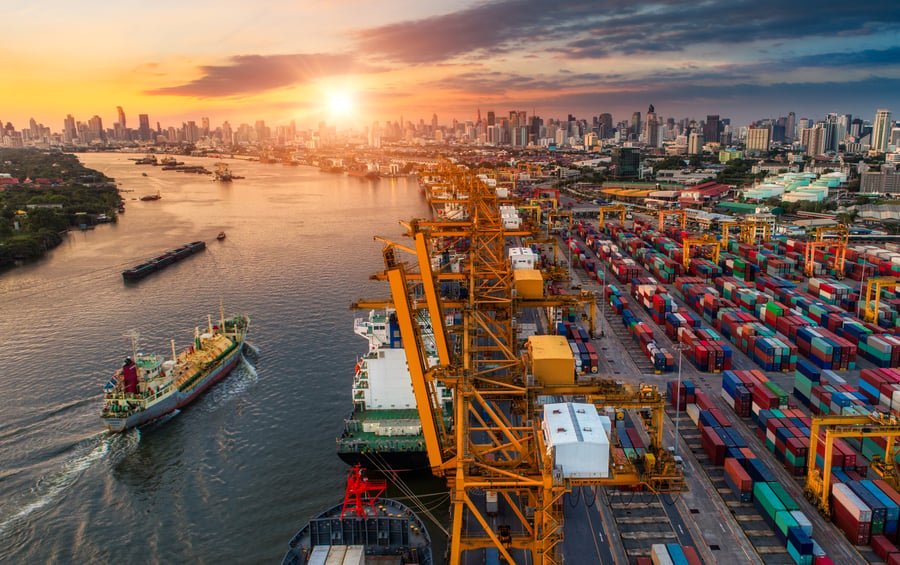Let’s keep up our body metaphor: if the transportation sector is trade’s arteries, steel is the backbone of industries like construction, infrastructure and manufacturing. Steel tariffs have an interesting history: the Tariff Act of 1870 put a duty of $28 per ton on imported British steel rails, increasing the price so that Americans were more inclined to use American-made steel. Eventually, this led to America becoming a main exporter of steel rails for train tracks.
Of course, the world’s changed a bit since the 1800s. In theory, tariffs mean that domestic steel producers can become the preferred option when it comes to construction and manufacturing. Good news, right? Well sure, in theory. But with greater demand comes higher prices, and those high domestic prices can slow down infrastructure projects and, eventually, wilt that initial demand.
On the flip side, steel companies in international markets can suffer when retaliatory tariffs or even trade wars come into play. If export volumes decline, credit risk can shoot up.
Profitability is a major concern when it comes to tariffs in the steel sector. The cost to produce steel can fluctuate wildly depending on many different factors, including the political stability of countries where raw materials are sourced. Our research has found that 75% of manufacturers were “moderately worried” or “severely worried” that political instability and labor disputes in foreign countries could disrupt their supply chain.
Steel has been a hot-button topic when it comes to tariffs. The US and UK have been at odds over a threatened 50% steel tariff. While other elements of UK trade and tariffs have seemingly been ironed out, steel is still up in the air. For most other countries, steel tariffs have been raised from 25% to 50%.


